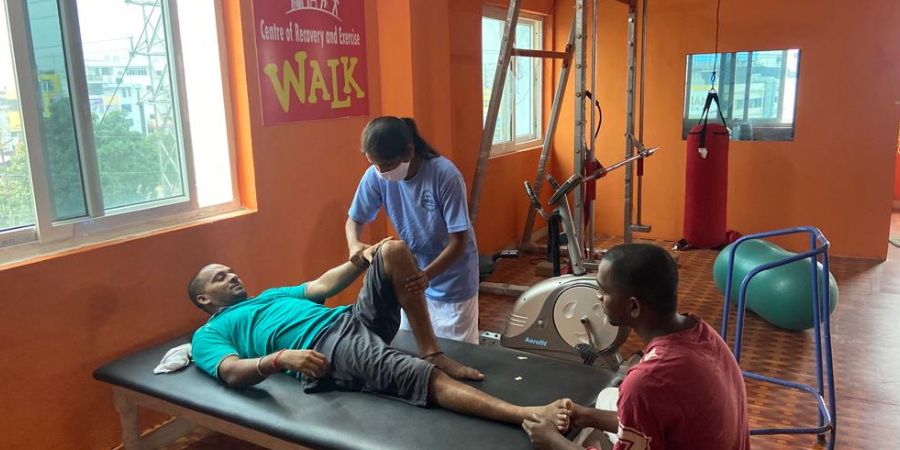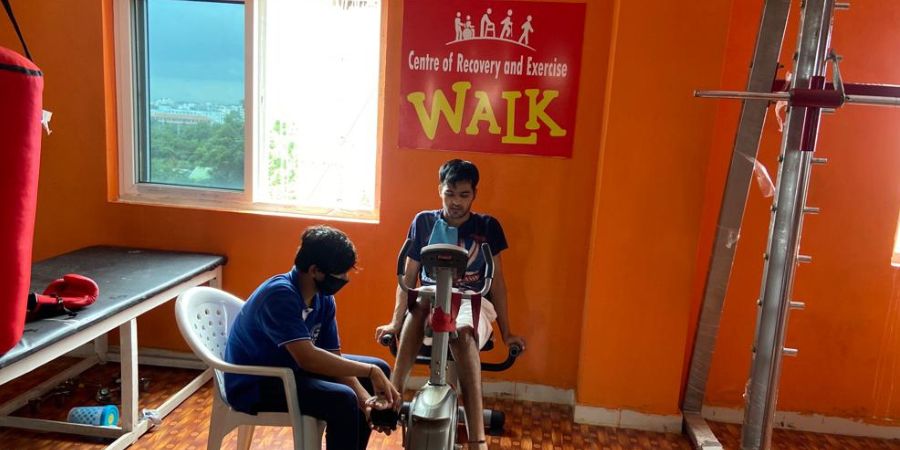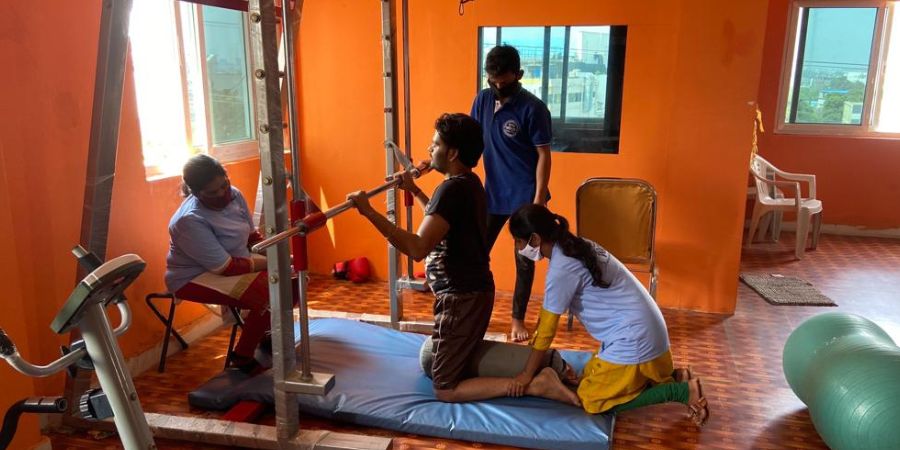Cervical Spondylosis
Cervical spondylosis services are designed to diagnose, treat, and manage the degenerative condition affecting the cervical spine. These services typically include a thorough medical evaluation, imaging tests (such as X-rays or MRI), and pain management options like nonsteroidal anti-inflammatory drugs (NSAIDs) or muscle relaxants.
Physical therapy is often prescribed to improve neck strength and flexibility. In severe cases, surgical interventions, such as discectomy or spinal fusion, may be recommended to relieve pressure on nerves and stabilize the spine. Additionally, lifestyle modifications and ergonomic guidance are provided to prevent further deterioration and promote a healthier neck posture. The goal is to alleviate pain, restore function, and enhance the patient's overall neck health.
Here are two gentle exercises that are commonly recommended for cervical spondylosis
- Sit or stand with your back straight and shoulders relaxed.
- Slowly tuck your chin in towards your chest, as if making a double chin.
- Hold the position for a few seconds and then return your head to a neutral position.
- Repeat this movement 5-10 times, focusing on the gentle stretch in the back of your neck.
- Sit or stand with your back straight and shoulders relaxed.
- Slowly tilt your head to one side, bringing your ear towards your shoulder.
- Hold the stretch for a few seconds, feeling a gentle stretch along the side of your neck.
- Return your head to the center and repeat the stretch on the other side.
- Do this exercise 5-10 times on each side, making sure to keep the movements slow and controlled.




